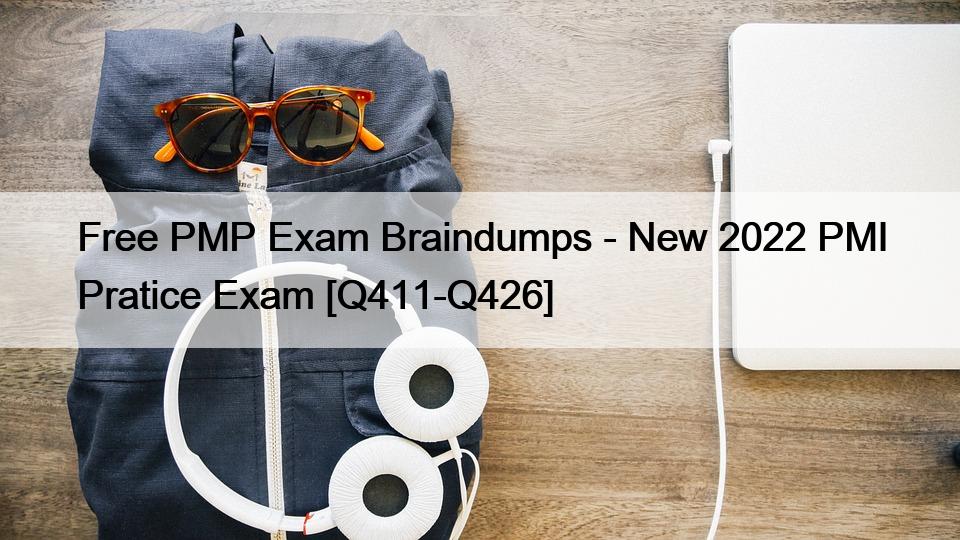NO.420 A fixed-price-plus-incentive-fee (FPI) contract has a target cost of $130,000, a target profit of $15,000, a target price of $145,000, a ceiling price of $160,000, and a share ratio of 80/20. The actual cost of the project was $150,000. How much profit does the seller make?
Here is the definition of FPIF (from Federal ARNET):Fixed-price incentive (firm target) contracts(a) Description. A fixed-price incentive (firm target) contract specifies a target cost, a target profit, a price ceiling (but not a profit ceiling or floor), and a profit adjustment formula. These elements are all negotiated at the outset. The price ceiling is the maximum that may be paid to the contractor, except for any adjustment under other contract clauses. When the contractor completes performance, the parties negotiate the final cost, and the final price is established by applying the formula. B. When the final cost is less than the target cost, application of the formula results in a final profit greater than the target profit; conversely, when final cost is more than target cost, application of the formula results in a final profit less than the target profit, or even a net loss. C. If the final negotiated cost exceeds the price ceiling, the contractor absorbs the difference as a loss. Because the profit varies inversely with the cost, this contract type provides a positive, calculable profit incentive for the contractor to control costs. Hence the only relevant facts are:Target Cost (130000 in this case), which triggers the max profit!Target Profit (15000 in this case), which the contractor earns when he delivers at exact130000.Ceiling Price (160000) no matter what the contract value (cost plus incentive) cannot go beyond this. Share Ratio: 80/20 (Buyer/Seller) and Seller means contractor, here.The contractor exceed the cost by = 20,000(Target Cost – Actual Cost = $1,30,000 1,50,000. = -20,000)Since the Sharing Ratio is 80:20, the contractor has to bear 20% of the cost overrun; Seller’s incentive = 20% * -20,000 = -4000.Since the contractor pays $4000, the Target Profit would be 15,000 – 4000 = 11,000.The contractor has to get Actual Cost + Profit = $1,50,000 + 11,000 = 1,61,000. Since there is a ceiling of 1,60,000, the contractor actually gets paid for only 1,60,000.Hence the total Profit would be Net Income Net expenditure (Cost)= 1,60,000 – 1,50,000 = 10,000.Answer A
NO.422 During project execution, the risk owner is monitoring the critical speed rate of a power engine to eventually trigger the defined risk-response strategy. During the risk assessment and management process phase, it was defined that the power engine has the following characteristics
1,600 rpm (rate-per-minute) -> stops working and crashes the system
1.500 rpm (rate-per-minute) -> warns of max rate allowed
1.400 pm (rate-per-minute) -> reduces the power and brakes the engine
Which of the following statements is correct?
